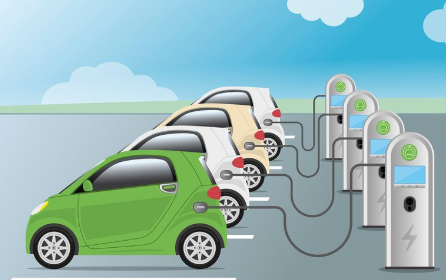Guidelines on Electric Vehicle Charging Infrastructure
The government has issued a set of guidelines to upgrade the charging infrastructure in the country to boost the electric vehicles. The Union Housing and Urban Affairs Ministry has made amendments to the Model Building Byelaws (MBBL) 2016 and Urban Regional Development Plans Formulation and Implementation (URDPFI) Guidelines 2014, making provisions for establishing EV charging infrastructure.
Key Features of the Guidelines
- A public charging station should be on both sides of the highways or roads on every 25 km.
- For long range and heavy-duty electric vehicles, there should be at least one station on each side of the highway every 100 kilometres.
- The guidelines also advocate for charging points in residential areas.
These guidelines will act as a guiding document to the state governments and Union Territories (UTs) to incorporate the norms and standards of electric vehicles in their respective laws.
What necessitated new guidelines?
The centre estimates that 25 per cent of the total vehicles on roads will be electric vehicles by 2030. This necessitates the erection of robust electric vehicle (EV) charging infrastructure across the country. The guidelines are a step forward in this direction.
Month: Current Affairs - February, 2019


